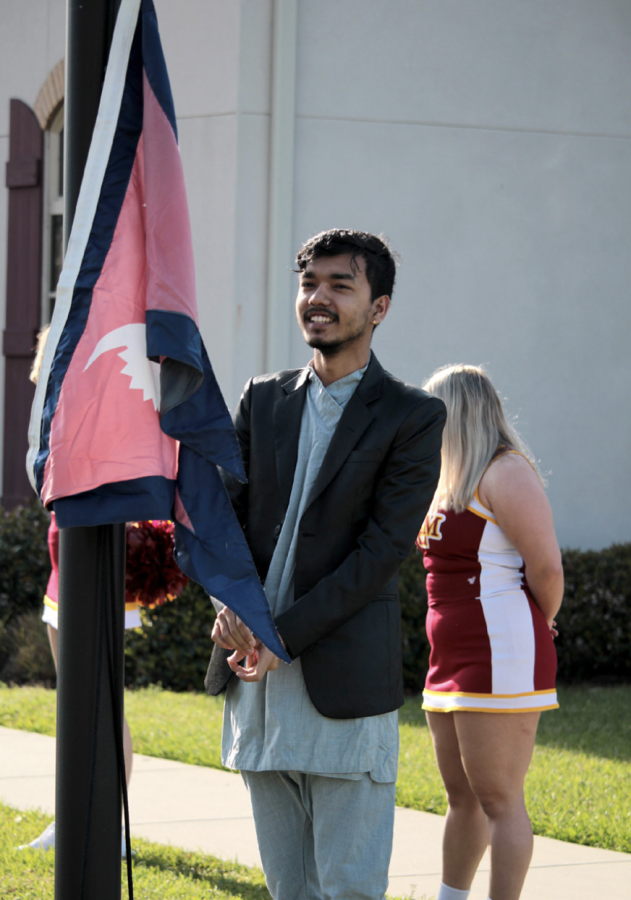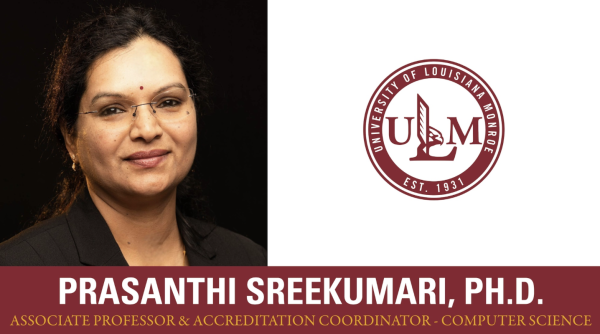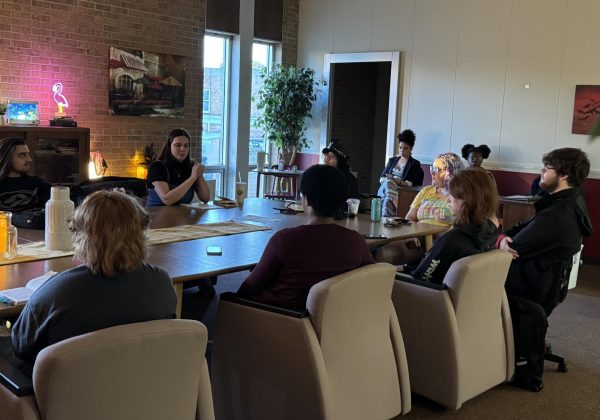Flag raising ceremony, international mapping highlights culture, diversity
For Umme Habiba, the Bangladesh flag is more than just a piece of cloth used as a symbol of her country. It’s an emblem of victory and freedom.
“The red dot symbolizes a red sun ris- ing over a country and the blood of the martyrs who gave away their life to bring the foundation of the People’s Republic of Bangladesh,” Habiba said. “And the green background symbolizes the green landscape and youthfulness of the coun- try, which is renowned for having the world’s largest mangrove forest.”
For many international students, see- ing their flag flown on campus is pow- erful because it represents the respect ULM has for their home country and the diversity at ULM.
Last week was International Week on
campus, which was kicked off by the Flag Raising Ceremony.
This was one of the first events because it started the week with a visual repre- sentation of all the cultures here at ULM.
Davially Frans, a marriage and family therapy graduate student, said she enjoyed International Week because she got to share her culture with the student body.
“International Week is one of the most important weeks to the international community on campus. During this week, we celebrate our differences as well as our common interests,” Frans said. “It unites and educates everyone involved by merging all cultures.”
Manish Katuwal, a sophomore computer science student, said seeing Nepal’s flag on campus reminds him of home.
“A flag is a unique identity of a nation,”
Katuwal said. “It makes me proud and reminds me of my values and my home.” After the flag raising, students head- ed to the quad and placed pins on their
home countries on a world map.
By the end, the map had dozens of pins. Some of the countries included Nigeria,
Nepal, Bonaire and Ukraine.
Habiba said combining the Flag Raising
Ceremony with the mapping activity ensured that people got a chance to see the wide range of cultures and international students at ULM.
“It is important to show students the flags and maps of international students because it is a powerful visual representation of one of best strengths of a university’s diversity,” Habiba said.





